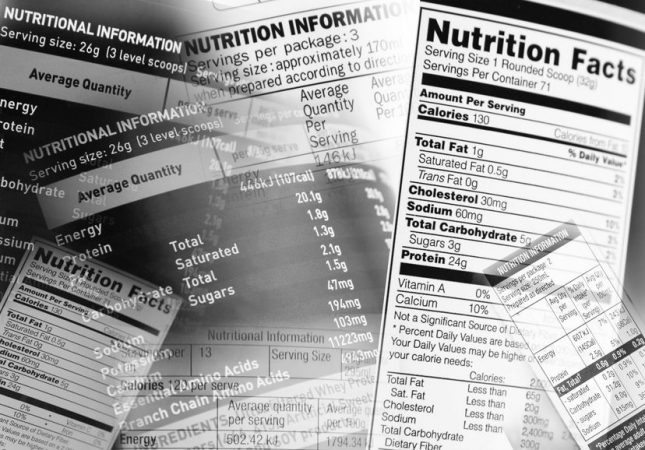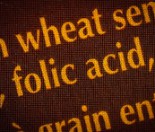This article, Food Labels at a Glance, gives NZ parents all the information they need to read and understand a food label at a quick glance.
Knowing how to read a food label correctly can help you to make better food choices. But for some people, knowing how to interpret food labels can seem like a tricky task. Other people say they don’t have time to read food labels – but it doesn’t have to add hours onto your shopping trip. Once you know what to look for it shouldn’t take long to compare one product with another and make an informed decision for your kids.
We may all have different reasons for reading a food label, such as weight management, diabetes, the need for more fibre or avoidance of a food allergen.
Information on a food label:
Food sold in New Zealand must be labelled in accordance with the Food Standards Code:
- The name of the food, lot numbers, date marking (if it has a limited shelf life)
- It must declare the presence of common food allergens that commonly cause food intolerances (such as nuts, eggs, dairy and wheat).
- It must list all ingredients in decreasing order by weight– look at the section on how to read an ingredients list for more information on this.
- Any food additive must be listed by its class name (such as thickener) followed by the additives specific name or code number.
Nutrition Information Panel at a glance (NIP)
The nutrition information panel (NIP) gives information about fat, sugar, energy content of the food. This is presented in two ways – how much of a nutrient is present in each serving and how much is in 100 grams.
For more information on how to read the NIP, see the link below.
Percentage of key ingredients on food labels
This must also be listed. This is the ingredient that gives the product its character – for instance, you can tell what percentage of plum jam is actually made from plums.
Unravelling the following terms when reading food labels:
No added sugar
Be warned, the product may still contain a lot of natural sugar, check the sugar content on the NIP. For instance, fruit juice with no added sugar still contains around 5-6 teaspoons of sugar in 250 ml.
Lite or Light
This term may mean less energy, fat or sugar, but it may also refer to the colour or to the flavour – for example, Light Olive oil is not low in fat.
Low fat
Foods labeled as ‘low fat’ must not contain more than 3 grams of fat per 100 grams of food or 1.5 grams in 100 grams of liquid. This is a good term to look out for.
Fat reduced
A fat reduced item can be a good substitute for the original product, but the overall fat content can still be high, therefore it may not be suitable to use this food as an everyday food.
Cholesterol free
The product may still have a high fat content so check the NIP.
Low Joule
Low energy foods cannot carry a low joule label unless they contain no more than 80kJ per 100 ml of liquid or 170 kJ per 100 grams food. It is likely that they will have artificial sweeteners in them.
Low salt
Foods cannot carry the label ‘low salt’ unless they have less than 120 mg sodium per 100 grams of food.
Finally –
While the manufacturers are tightly regulated about what must be on a label and how it is set out, you still need to be discerning about some of the promotional words used. For instance, muesli bars are often promoted with terms such as:
- natural
- real fruit
- perfect for lunch boxes
- excellent source of energy.
But without looking further at the label you will not be able to tell how much real fruit or how natural the product is.
Useful Articles:
For more information on food labelling and how to read a NIP, check out the article in this section on Nutrition Information Panels.
To understand more about the guidelines for listing Ingredients on food labels, click here.






